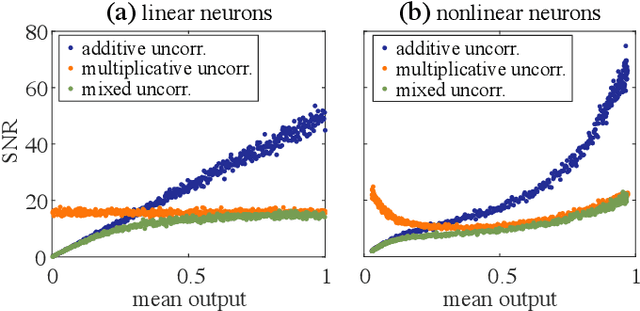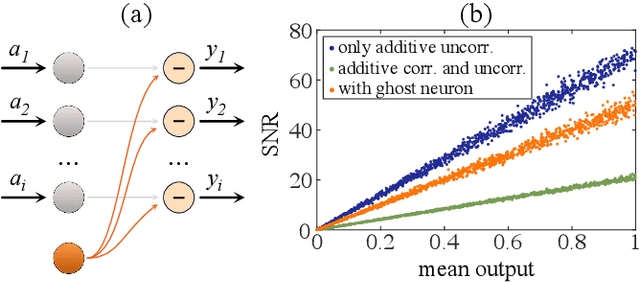Noise mitigation strategies in physical feedforward neural networks
Paper and Code
Apr 20, 2022



Physical neural networks are promising candidates for next generation artificial intelligence hardware. In such architectures, neurons and connections are physically realized and do not leverage digital, i.e. practically infinite signal-to-noise ratio digital concepts. They therefore are prone to noise, and base don analytical derivations we here introduce connectivity topologies, ghost neurons as well as pooling as noise mitigation strategies. Finally, we demonstrate the effectiveness of the combined methods based on a fully trained neural network classifying the MNIST handwritten digits.
 Add to Chrome
Add to Chrome Add to Firefox
Add to Firefox Add to Edge
Add to Edge